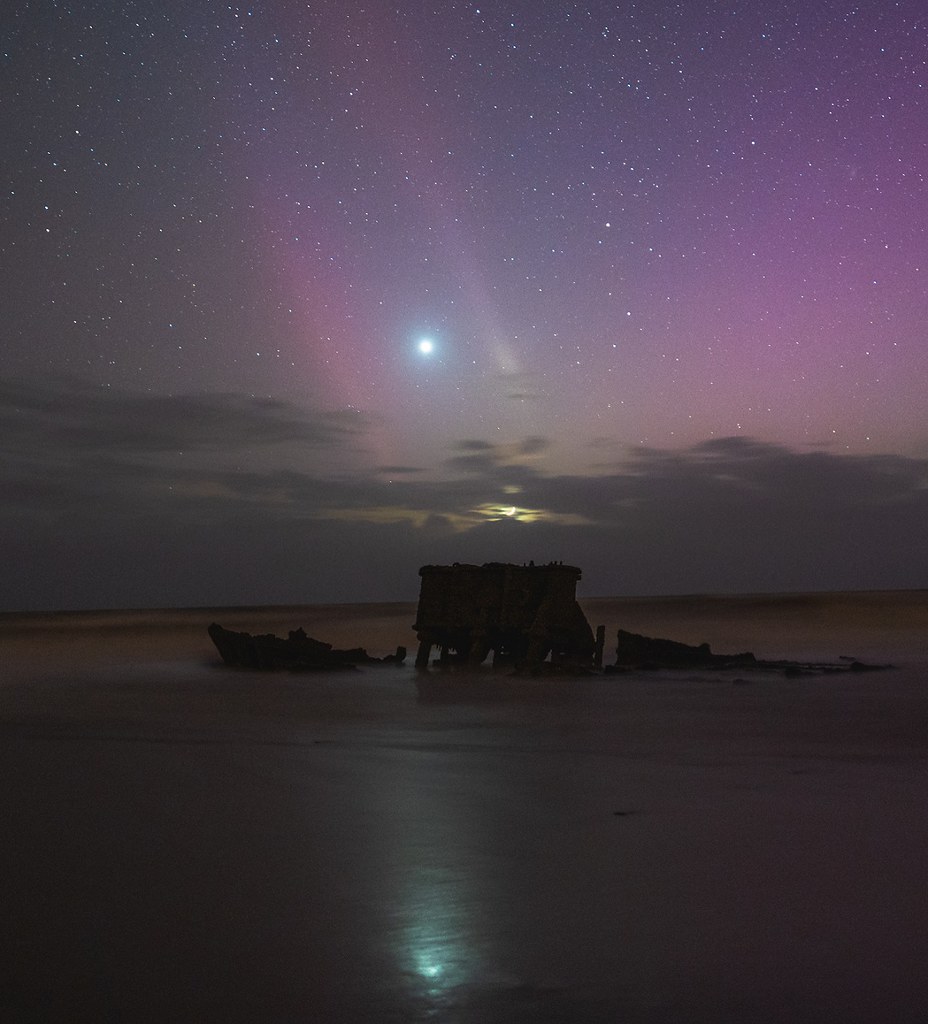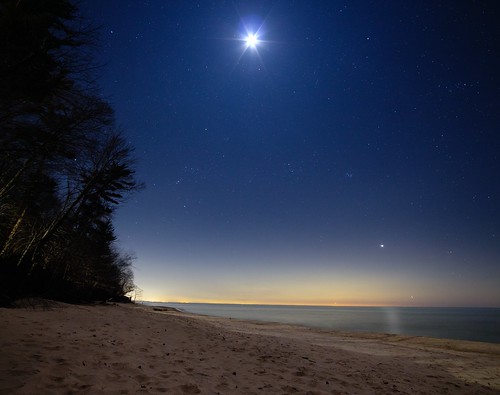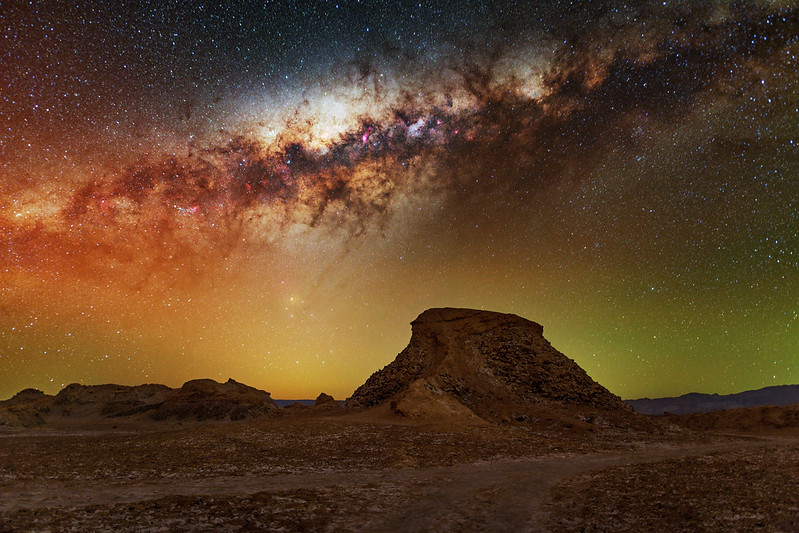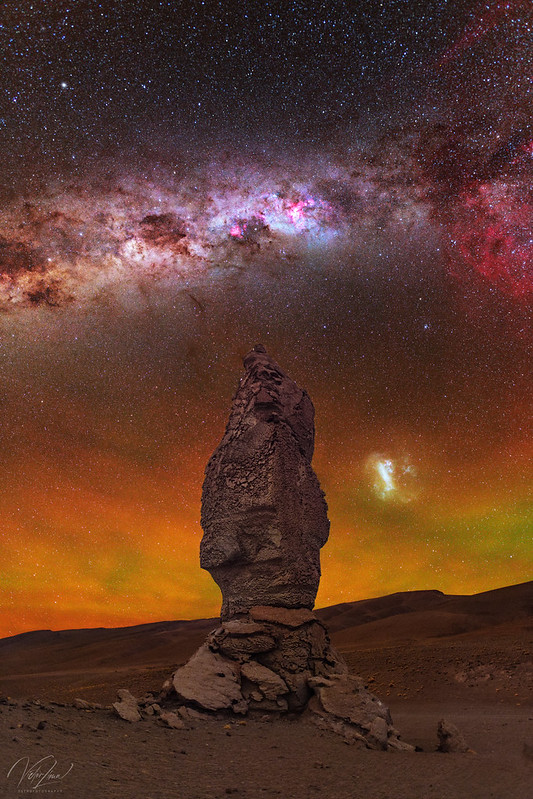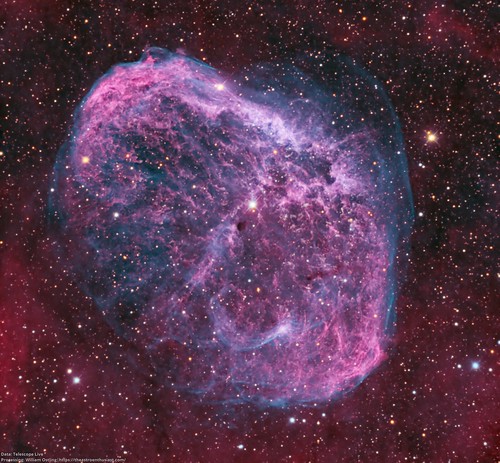Re: Submissions: 2023 March
Posted: Tue Mar 28, 2023 4:28 pm
Hi there!
Attached is a couple of recent images I captured, and I thought you might enjoy them.
Details below.
Images: Both images are a single exposure of the phenomenon know as STEVE during a strong aurora storm, in-line with the setting moon and Venus just above. Taken at Jurby Beach, on the Isle of Man, over the Pasages steam trawler which shipwrecked in December 1931.
Date & time taken: 23rd March 2023, 8:30pm
Location: Jurby Beach, Isle of Man
EXIF:
Sony A7III
Tamron 17-28mm @ 28mm
15 second shutter
f/2.8
ISO 3200
(Same setup for both images)
Instagram: https://www.instagram.com/brookwassall/
Facebook: https://www.facebook.com/brookwassall/
My website: http://www.brookwassall.com/
Thanks for taking the time to look!
https://www.flickr.com/photos/133084910 ... 776768287/ https://www.flickr.com/photos/133084910 ... 777550454/
Attached is a couple of recent images I captured, and I thought you might enjoy them.
Details below.
Images: Both images are a single exposure of the phenomenon know as STEVE during a strong aurora storm, in-line with the setting moon and Venus just above. Taken at Jurby Beach, on the Isle of Man, over the Pasages steam trawler which shipwrecked in December 1931.
Date & time taken: 23rd March 2023, 8:30pm
Location: Jurby Beach, Isle of Man
EXIF:
Sony A7III
Tamron 17-28mm @ 28mm
15 second shutter
f/2.8
ISO 3200
(Same setup for both images)
Instagram: https://www.instagram.com/brookwassall/
Facebook: https://www.facebook.com/brookwassall/
My website: http://www.brookwassall.com/
Thanks for taking the time to look!
https://www.flickr.com/photos/133084910 ... 776768287/ https://www.flickr.com/photos/133084910 ... 777550454/

